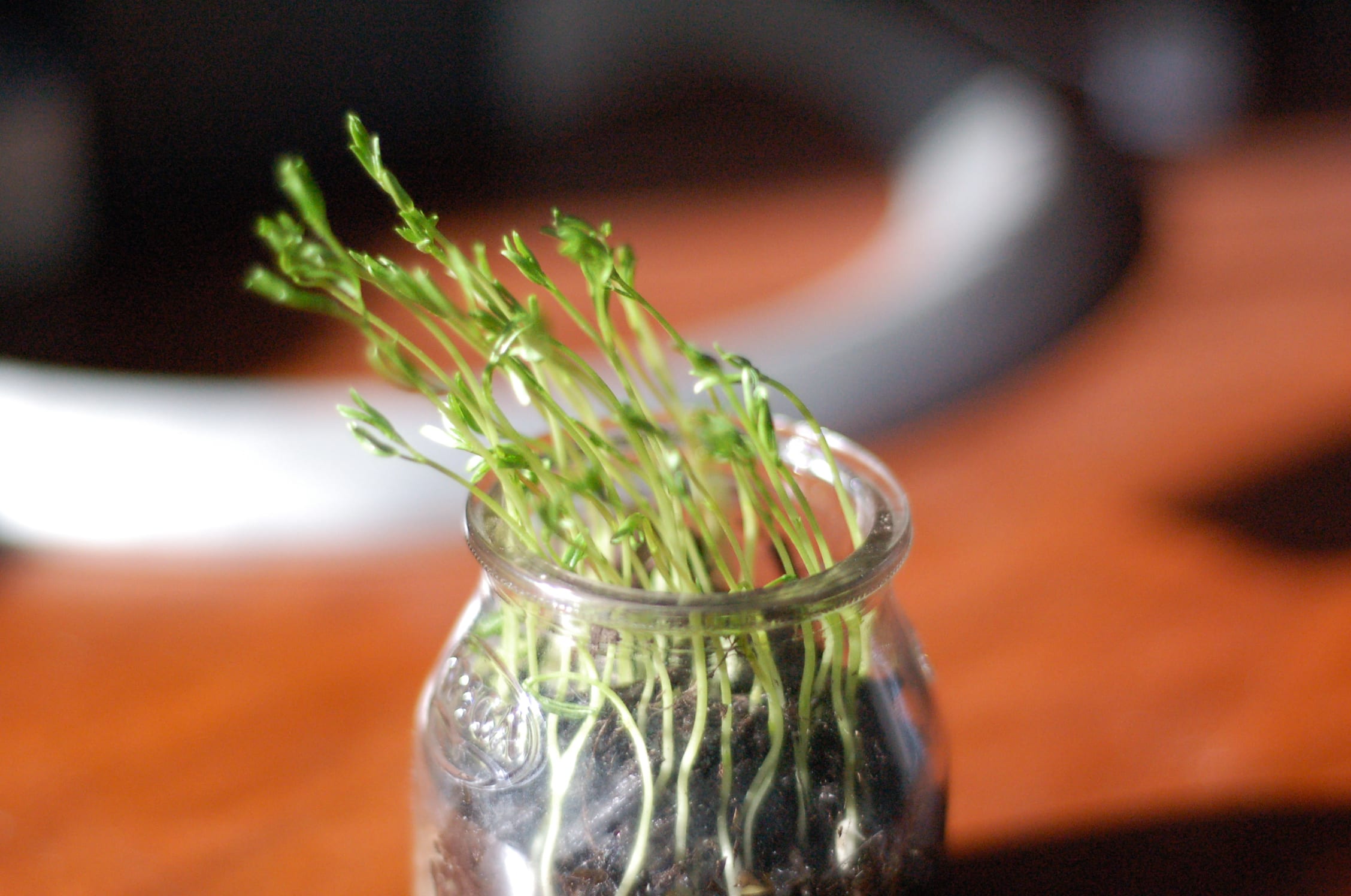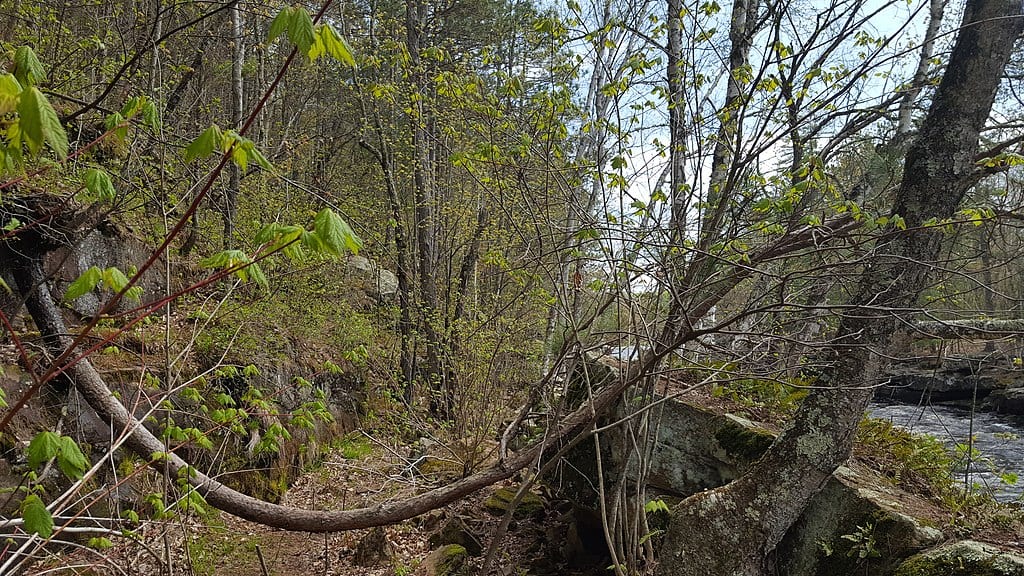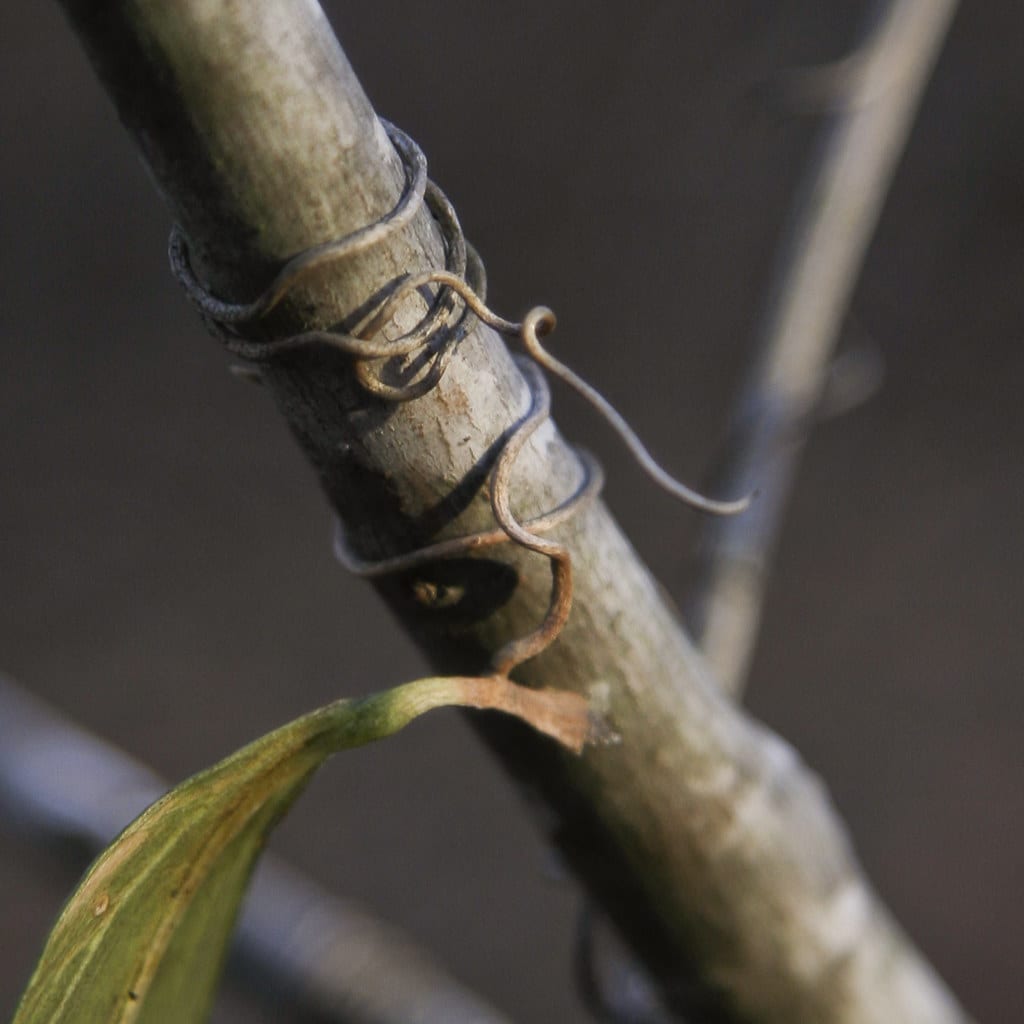When laying the most essential foundation of biological sciences to a bunch of first graders, educators often start with a lima bean. Between two layers of a wet paper towel, a lima bean takes root and then sprouts its first two leaves. In a mere eight days, what was once a dry bean is a full-fledged plant, standing perpendicular to the ground with its broad leaves facing the sun.
This is perhaps the highest undivided attention first graders have ever put on a single plant and it is quite formative as they learn the groundwork for a plant's life cycle for the first time. It's at this time that the students (including us) just accept that plants always grow straight up. No matter what orientation that bean was thrown into the plastic bag and despite the wad of wet paper towels, a plant just knows that its shoot needs to grow upwards, the roots need to grow downwards, and it wouldn't hurt to angle the leaves to face the sun. But how does the plant know?
In response to environmental changes, plants perform what scientists call tropisms – turning or moving of an organism in response to stimuli. The word tropism finds Greek origins for the word ‘turning.' This phenomenon can often make it seem like plants really can see their surroundings. Shamrocks reaching towards the light shining through a window, a vine wrapping around a tree branch, and a lima bean always growing upwards (even if it's knocked over!) are all examples of different tropisms.
How do plants grow towards the light?

Image credit: Russell Neches via Flickr. Licensed under CC by 2.0.
The tropism that describes plants sensing light is called phototropism, which is guided by auxin. Auxin is a phytohormone that is present throughout plants' tissues. When the plant experiences a light source, auxins will rush to the tissue on the dark side of the plant. The auxins cause the tissue on the dark side to elongate – this uneven growth causes the plant to bend. A time-lapse of phototropism in effect in garden cress can be seen here!
How do plants sense gravity?

Image credit: Rufus22181496 via Wikimedia Commons. Licensed under CC Attribution-Share Alike 4.0 International.
The tropism of growing in response to a gravitational pull is creatively called gravitropism. Gravitropism is also due to different amounts of auxin, causing unequal growth. But, plants can sense gravity in using more than just auxin. Specialized cells called statoliths act almost as weights being thrown in a pool – they sink towards the bottom, always in the direction of gravity. So if this theoretical pool were to tilt slightly, so would those weights. The reoriented statoliths then signal to auxin to accumulate, causing one side to grow and causing a curve in the root or the shoot.
How do plants perceive touch?

Image credit: tarboxje via Flickr. Licensed under CC BY-NC 2.0.
A plant's growth in response to touch or an external stimulus is called thigmotropism, and it is one of the more mysterious tropisms. Thigmotropism is especially useful for vining plants that use tendrils to hold on their surroundings and can also be used by roots to avoid obstacles like rocks in the soil. Some carnivorous plants also use thigmotropism to detect their prey. Like phototropism and gravitropism, thigmotropism relies on auxin too (surprise!). However, auxin behaves a bit differently in this case. Intended movement by a plant can occur with an even distribution of auxin, unlike photo- and gravitropism. This unusual auxin movement is still a mystery to plant scientists who are still investigating thigmotropism's reliance on auxin. Scientists also know that this tropism relies on calcium channels, similar to what humans have to move muscles.
All three of these tropisms were observed and investigated by Charles Darwin and his son, Francis Darwin, in 1881. But it actually took scientists almost half a century to understand how plants reacted so strongly to their environment, with auxin being identified and isolated about 45 years after the Darwins' experiments. Today, scientists are finding new ways to unlock the mysteries of these tropisms. For example, plant scientists found that cucumbers grown in space have a strong tendency to grow towards water, a trait not exhibited on earth. This means that gravitropism surmounted the cucumber's ability to grow towards moisture, at least noticeably. The existence of this trait can make it possible for plant breeders to develop more drought efficient crops. On a more DIY scale, you can try out these plant tropisms at home. Just turn one of your houseplants around or lean it on its side and see how the tip of the plant starts correcting itself and growing upwards!
Featured Image: “plant” by Analog Weapon is licensed under CC BY-NC-SA 2.0
About the Author

Simone Lim-Hing
Simone Lim-Hing is a postdoctoral researcher at the University of Georgia Warnell School of Forestry and Natural Resources studying the host response of loblolly pine against pathogenic fungi. Her main interests are chemical ecology, ecophysiology, and evolution. Outside of the lab and the greenhouse, Simone enjoys going to local shows around Athens, playing Mario Kart, and reading at home with her cat, Jennie. You can reach Simone at simone.zlim@uga.edu or on twitter @simonelimhing. More from Simone Lim-Hing.
- Simone Lim-Hing#molongui-disabled-link







